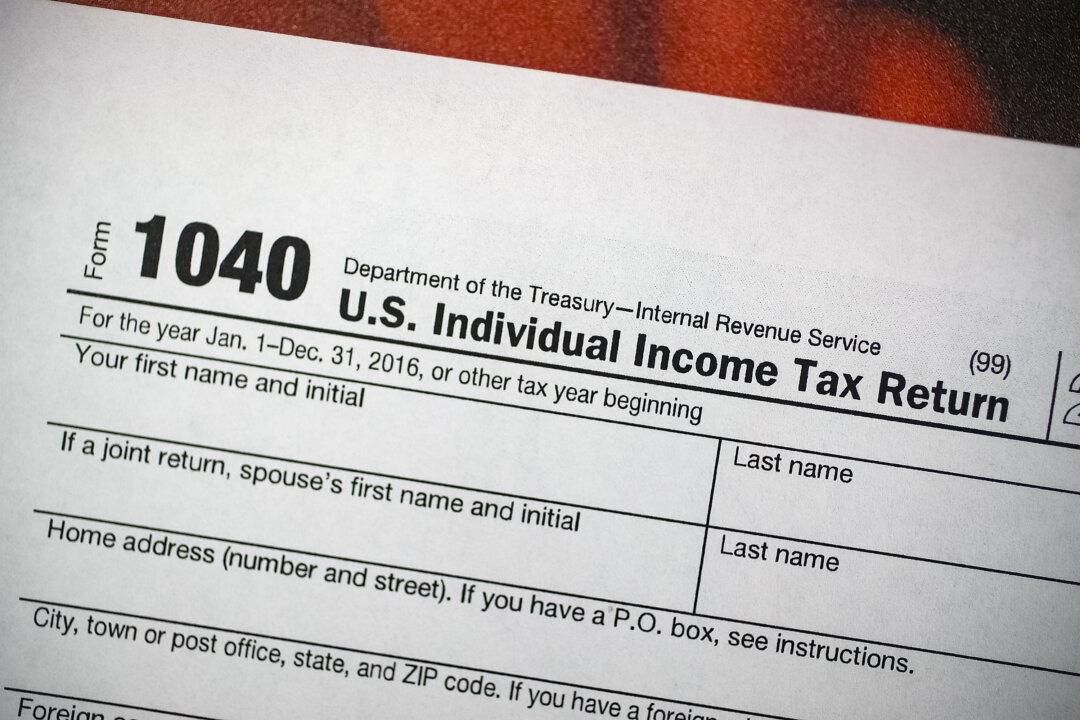The U.S. National Hurricane Center (NHC) said in an 8 a.m. update that Tropical Storm Humberto has formed and is 30 miles from Hurricane Dorian-ravaged parts of the Bahamas.
Humberto is 30 miles east-northeast of Great Abaco Island and 145 miles east of Freeport on Grand Bahama Island. Both were hammered by Dorian earlier this month.





